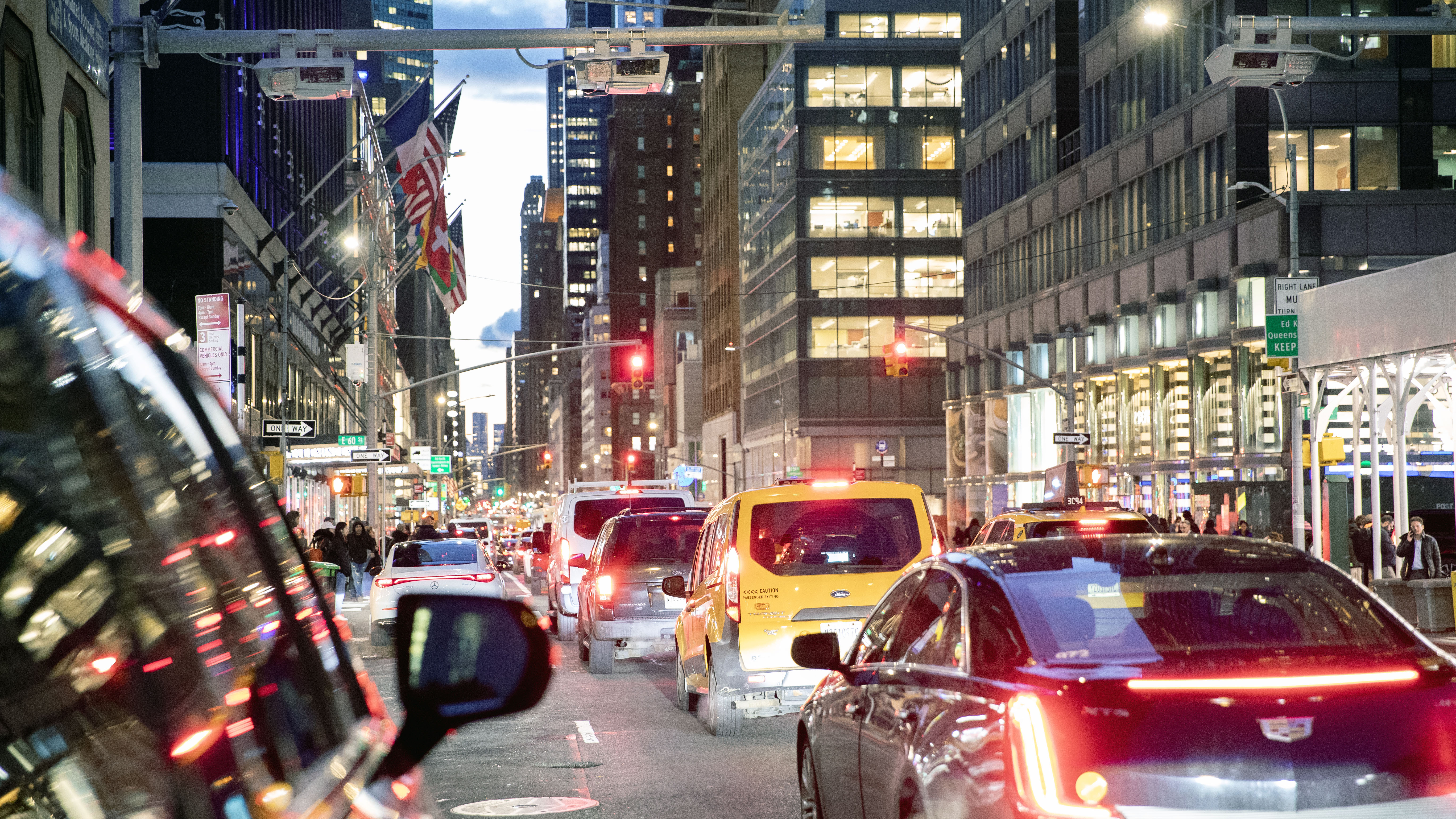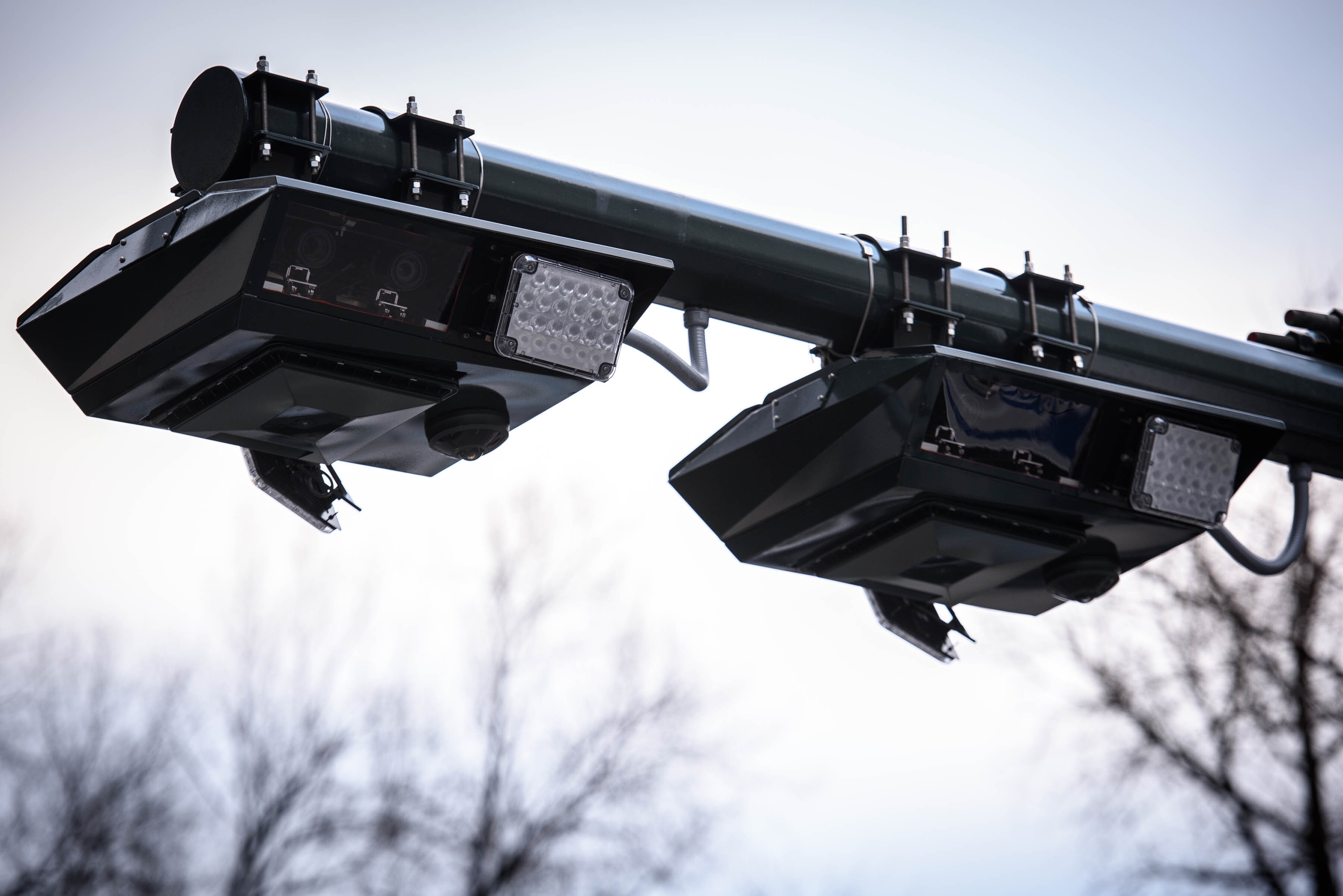This article was originally published on Mar 7 at 8:39pm EST by THE CITY
Worried that the pandemic has made too many Manhattan office buildings obsolete, real estate interests have convinced Mayor Eric Adams and Gov. Kathy Hochul to join an effort to ease conversions to residential use south of 60th Street.
The push to convert office space into apartments has the potential to transform the nation’s largest business district, and its older and less desirable office space, into a very different kind of Midtown.
Pandemic transformations have heightened the sense of urgency. Mixed-use neighborhoods like Downtown Brooklyn fared better economically than exclusively business districts during the shutdown and continue to, as employees work from home much or all of the time. Companies’ interest in the best modern office space despite its higher price has been increased by the need to lure their employees back to the office.
Get Tri-state area news and weather forecasts to your inbox. Sign up for NBC New York newsletters.
And there’s a precedent: After the 9/11 terrorist attacks devastated Lower Manhattan, regulatory changes and subsidies designed to help the Financial District recover paved way for thousands ofapartments, many carved out of vintage office towers.
The Midtown effort still faces daunting hurdles, starting with the need for coordinated city and state actions. Any proposal could require revisiting the controversial 2017 Midtown East rezoning, which greatly limited residential development in the area between East 39th and East 57th Streets.
And big-floor 1960s-era office towers common in Midtown tend to be more difficult to transform than the early-20th century buildings downtown that were built with more ways to let light and air in.
News
A leading industry group says that alignment between the new mayor and governor make a transition at least feasible.
“No progress has been made toward getting a new large-scale conversions program underway in New York City in the past two years because a key ingredient has been missing: cooperation for critical policy changes at the state and city levels,” said Basha Gerhards, senior vice president of planning at the Real Estate Board of New York.
A REBNY study released in December found that 10% of Midtown’s older, less-than-prime office space could be converted to residential use, generating 14,000 new apartments. It flagged Midtown East, the Garment District and Flatiron as three areas that could be targeted because of their concentration of older buildings and extensive transit options.
It estimates that so-called Class B and Class 6 office space totals about 160 million square feet or about a quarter of all the space in Manhattan.
Hochul’s budget proposes to revise the state’s multiple dwelling law to allow more flexibility on floor area, light and air requirements for office building conversions south of 60th Street in Manhattan. The language in the bill is regarded as a placeholder for further negotiations on what those standards should be.
Meanwhile, Adams seems open to changes as well. Asked about the future of Midtown last month, he said that Midtown was likely to need to move to a more mixed-use future as downtown did after the terrorist attacks.
“Everything is on the table,” he said. “We changed the zoning and changed the ways we could do housing in office space and I think we should be open to do so” in Midtown.
A spokesperson for the mayor declined further comment on the issue.
Council Conflict
One key target will be Midtown East, where the 2017 rezoning followed a six-year struggle that spanned the Bloomberg and de Blasio administrations.
The reclassification aimed to encourage the construction of new office buildings in the city’s crucial Park Avenue business district by allowing the transfer of air rights and created a public benefits fund to improve the infrastructure. It has spurred the construction of the 93-story One Vanderbilt tower next to Grand Central, a new headquarters for J.P. Morgan Chase on Park Avenue, and a new hotel-office building at the site of the Grand Hyatt that is likely to cost more than $3 billion.
But the zoning also sharply restricted residential conversions by limiting them to 250,000 square feet, prohibiting them on side streets and requiring each to be approved through the city’s land use process, known as uniform land use review procedure, or ULURP.
“We must go back and revisit this,” said Mary Ann Tighe, the influential chief executive of the New York region of the real estate firm CBRE and the person who originally sparked the idea of rezoning the Park Avenue corridor above Grand Central. “We really have an opportunity to do something that will bolster Midtown East as residential bolstered downtown, especially if you add affordable housing.”
She argues that developers must gain the ability to proceed with conversions without having to go through ULURP approvals project by project, because developers won’t proceed if they have to face the political uncertainty the city’s approvals gauntlet would add. City Council members are likely to want to retain their power to approve each project individually.
Gale Brewer, who was a key player in the Midtown East process as Manhattan borough president and now represents the Upper West Side in the Council, told THE CITY that in the past she has opposed conversions in Midtown East unless all the housing met affordability guidelines.
Current East Midtown Councilmember Keith Powers said that he hadn’t been briefed on the plan but that he believes projects should be subject to the approval process.
“Virtually all the new office buildings being built under the rezoning have had to seek City Council approval to tweak the rules,” he noted.
The Adams administration is well positioned to tackle the issue. Edith Hsu-Chen, the newly appointed executive director of the Department of City Planning, was the lead staff member on the Midtown East rezoning through both the Bloomberg and de Blasio administrations. And new City Planning Chair Dan Garodnick blocked the Bloomberg plan as a member of the Council and then helped shape the revised plan that won approval.
The City Council passed a bill in December establishing a task force to study the conversion issue, which became law earlier this year without the mayor’s signature. It would have two years to make recommendations, a timeline likely to be too long for real estate groups or the Adams administration.
Financial Pressures
Even while office tenants opt for more modern space, landlords of older buildings also face expensive new mandates to make their buildings more environmentally friendly. “The rents may not justify the costs as office space,” said REBNY’s Gerhards. The requirements could be more readily met if a building were gutted for a residential conversion.
But converting those spaces into apartments will itself involve intensive investment. Offices transformed into apartments downtown were mostly built in the 1920s, with smaller and more variety in the floor plates and more light wells, allowing easier renovation. The buildings targeted now were built in the 1960s, where much of the square footage is windowless and deep inside building cores.
“Modern office buildings tend to be larger floor plates with massive cores that go straight up and down and in order to convert them the units have to be made deeper than normal,” said David West, the founding partner of the architectural firm Hill West and someone who has designed numerous conversions.
REBNY argues that financial incentives will be needed to spur conversions — and the level of difficulty could nonetheless be a major barrier. A $100 million state fund to help transform hotels into residential use has drawn only a single applicant, largely because of onerous requirements.
“I think this is a moment in time where we need to recognize that commercial districts need to be more diverse than they have been,” said Fred Cerullo, president of the Grand Central Partnership and a member of the City Planning Commission. “Mixed use development is not a new concept and if there was a way to create a more 24-hour neighborhood in the central business district would serve to strengthen the neighborhood.”
THE CITY is an independent, nonprofit news outlet dedicated to hard-hitting reporting that serves the people of New York.



